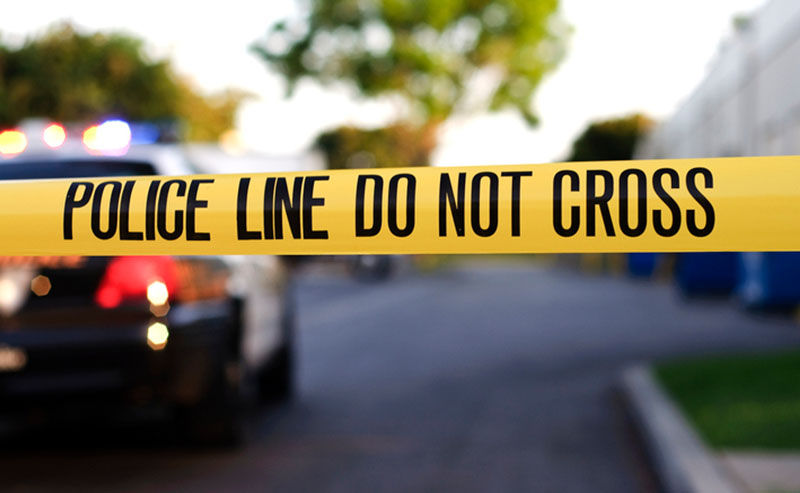February 14th, Valentine’s Day, is usually a time of happiness. A day of eating candy hearts, giving red roses, sending balloons and exchanging cards. But, for the survivors (now activists) of the mass shooting at Marjory Stoneman Douglas High School in Parkland, Florida, it was an emotional day. A day of reflection. A day to grieve yet again.
This year’s holiday marked the one-year anniversary of that horrible day when a former student claimed the lives of 17 innocent people (fellow students and staff members) and injured 17 others.
Sadly, active shooter events seem to be on the rise, especially in schools. Just three months after the Parkland, Florida shooting, ten people (eight students and two teachers) were gunned down at a high school in Santa Fe, Texas. And, it seems that reports of children carrying guns to school are in the news most every day.
According to data from the US Naval Postgraduate School, there were 94 school gun violence incidents [in 2018] — a record high since 1970, which is as far back as the data goes, and 59 percent higher than the previous record of 59 in 2006.
Moreover, an article recently published in Education Week says that the death toll by gunfire at U.S. in the 2017-2018 academic year reached 35. That’s the highest death toll in a single academic year from school shootings in recent decades—outnumbering the years of the Sandy Hook Elementary shootings and the Columbine High School shootings—according to a Washington Post database.
So, what can you differently or better to protect your student(s), your faculty, your campus?
Ready.gov, a national public service campaign designed to educate and empower the American people to prepare for, respond to, and mitigate against emergencies, including active shooter events, suggests you:
- Sign up for an active shooter training.
- If you see something, say something to an authority right away.
- Sign up to receive local emergency alerts.
- Be aware of your environment and any possible dangers.
Also consider having leaders take a basic first aid and CPR class. Learning and practicing first aid skills could ultimately save lives in an emergency (and not just an active shooter event). Last, but certainly not least, educate staff on the phrase, “Run. Hide. Fight.”
Run – Getting away from the shooter or shooters is the top priority.
Hide – Get out of the shooter’s view and stay very quiet. (Silence your phones!)
Fight – As a last resort, commit to your actions and act as aggressively as possible against the shooter.
Actions such as these may sound simple, but they have worked for others, and they can work for you and your team, if found in a potentially harmful situation.






